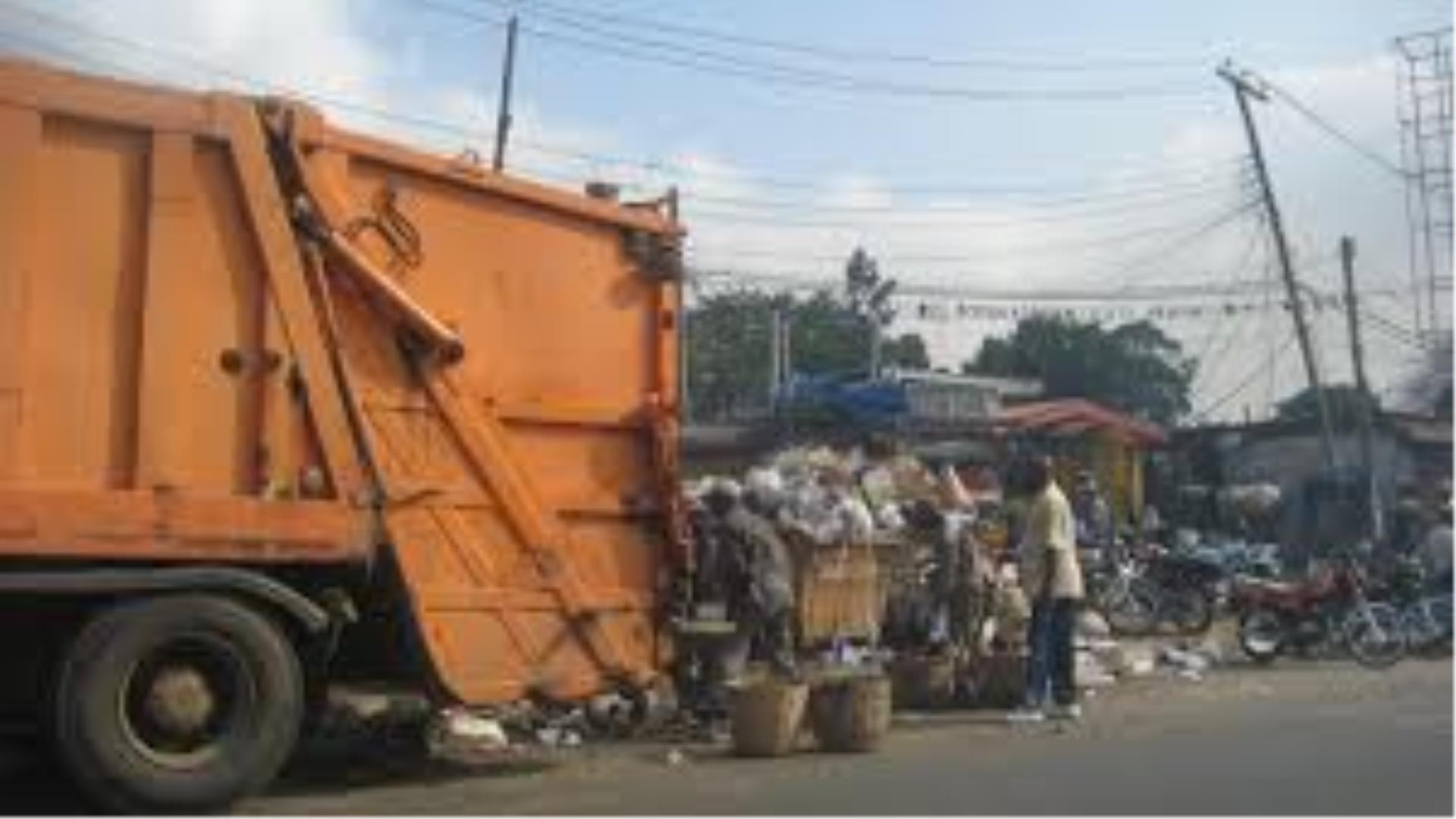
SNRE Waste Management Services
The rules notified in the year 2016 on management of Hazardous and Other Wastes, outlines the hierarchy of wastes management, wherein, prevention, minimization, reuse, recycling, recovery, utilisation including pre-processing and co-processing was envisaged prior to considering the option of disposal through incineration or secured landfilling.
Substantial factions of the industrial, commercial, domestic and other wastes contain materials that have the potential for use as an alternative raw material or as a supplementary fuel for energy recovery. The current waste generation scenario in India is as follows.
- -- About 7.4 Million tonnes of hazardous wastes is annually generated in India, out of which around 3.98 Million tonnes is recyclable and can be used for resource or energy recovery.
- -- About 65 Million TPA of MSW is generated in the country which contains about 15-20 % of non-recyclable Segregated Combustible Fraction (SCF) which can be utilized for energy recovery.
- -- About 200 million tonnes of non-hazardous wastes of industrial origin also gets generated in the country such as fly-ash, pyro-metallurgical slags, sludge from WTPs, dried sewage sludge, Plastic & other packaging materials, date expired and off-specification FMCGs materials and food & kindred products, used pneumatic tyres, etc. having potential for resource or energy recovery.
- -- Large quantity of agro-wastes that do not have potential to be used as cattle feed etc.
Environmentally sound utilization of wastes for resource or energy recovery can be practiced in various industrial processes. However, utilization by co- processing in cement Kiln is considered as an effective and sustainable option. There is dual benefit in co-processing of wastes in cement kilns, in terms of utilizing the waste as a supplementary fuel as well as an alternative raw material